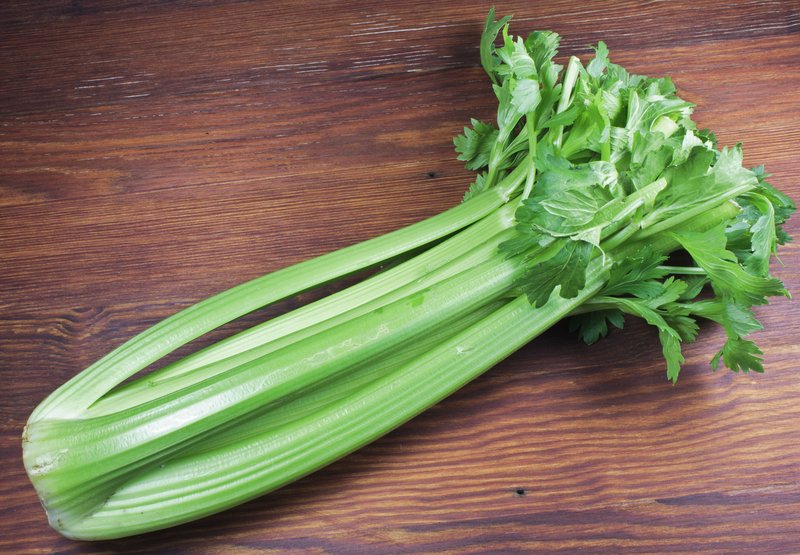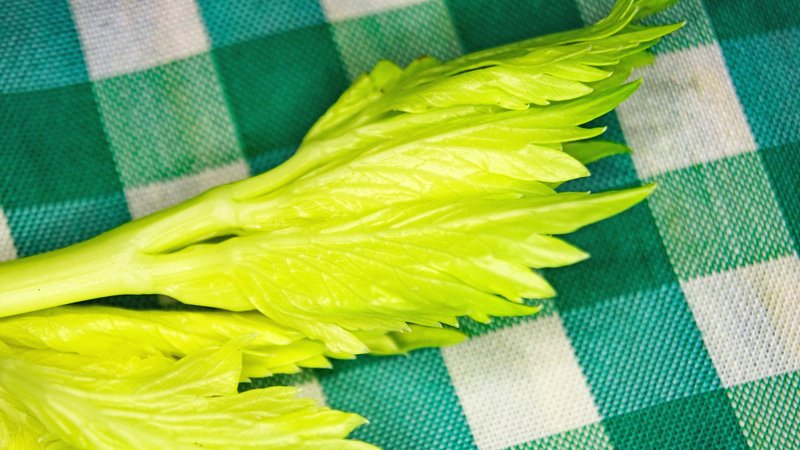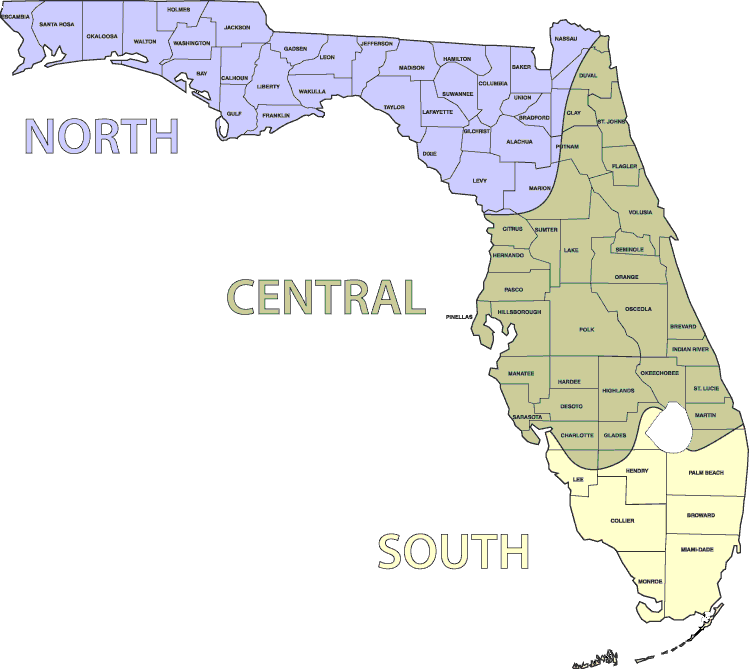Celery Varieties for Florida
Celery, with its crisp, green stalks and aromatic leaves, brings a refreshing and vibrant touch to any garden. This cool-season vegetable is known for its slender, ribbed stems that add both texture and flavor to a variety of dishes. Its upright growth and lush foliage make celery an attractive addition to garden beds or containers.
In Florida planting zone 9, celery grows well, especially during the cooler months. The stalks form into tight, cohesive bunches, ready to be harvested when they reach their peak size and crunchiness. Watching these sturdy plants develop is a rewarding experience, marking the success of your gardening efforts.
For those new to gardening, celery is a rewarding plant to cultivate. It’s not only visually appealing but also highly nutritious and versatile in the kitchen. Whether you enjoy it in salads, soups, or as a crunchy snack, celery brings a fresh and healthy addition to your meals, making your gardening endeavors both productive and enjoyable.
I would give celery a 3 out of 5 on how easy it is to grow. While it requires some attention to watering and soil conditions, it is still manageable for beginners with a bit of care and planning.
Tango
Hybrid

Description: Tango celery is a hybrid variety known for its exceptional flavor, tenderness, and resistance to bolting. It has smooth, crisp stalks that are ideal for fresh eating and cooking.
Growing Season: Fall and Winter
USDA Planting Zone: 3-10
Special Notes: Highly adaptable to various growing conditions and resistant to common diseases.
Conquistador
Hybrid

Description: Conquistador is an early maturing celery variety that produces tender, succulent stalks. It is known for its excellent flavor and high yield.
Growing Season: Fall and Winter
USDA Planting Zone: 4-10
Special Notes: Tolerates heat well and has good disease resistance. It is an excellent choice for warmer climates.
Golden Self-Blanching
Heirloom

Description: Golden Self-Blanching celery is an heirloom variety that produces pale green to yellow stalks. It has a sweet, mild flavor and does not require blanching.
Growing Season: Fall and Winter
USDA Planting Zone: 3-10
Special Notes: Prefers cooler temperatures but can tolerate the heat. It is ideal for gardeners looking for a traditional celery flavor.
Giant Pascal
Heirloom

Description: Giant Pascal is a traditional variety known for its large, thick stalks and robust flavor. It is an excellent choice for both fresh eating and cooking.
Growing Season: Fall and Winter
USDA Planting Zone: 3-9
Special Notes: Requires a longer growing season and is best planted in the fall for a winter harvest. It has good storage qualities.
Nan Ling
Heirloom

Description: Nan Ling, also known as Chinese celery, is a variety known for its thin, aromatic stalks and strong flavor. It is often used in Asian cuisine.
Growing Season: Fall and Winter
USDA Planting Zone: 3-10
Special Notes: More heat-tolerant than traditional celery varieties. It is ideal for adding a distinctive flavor to soups and stir-fries.
Florida Vegetable Planting Guide
This guide provides information on when to start seeds inside, direct seed, and transplant starter plants in the different regions of Florida.
North USDA Planting Zones: 8b-9a
Central USDA Planting Zones: 9b & some of 10a
South USDA Planting Zones: 10a-11b
Visit the U.S. National Arboretum for an Exact USDA Planting Zone Map.

| Celery | North Florida | Central Florida | South Florida |
|---|---|---|---|
| Start Seeds Inside | Jul-Jan | Aug-Feb | Sep-Feb |
| Direct Seed | Not recommended | Not recommended | Not recommended |
| Transplant Starter Plants | Aug-Feb | Sep-Mar | Oct-Mar |
Explanation:
Start Seeds Inside: Starting celery seeds indoors in the summer allows for controlled conditions to ensure proper germination and strong seedlings that will be ready for transplanting in the fall.
Direct Seed: Direct seeding is not recommended for celery due to its long germination period and the need for consistent moisture and temperature control.
Transplant Starter Plants: Transplanting celery starter plants during the cooler months helps them establish quickly and take advantage of the milder weather, leading to healthy growth and development.
_______________________________________________________________________________________________________________________
Soil: Celery prefers well-drained, fertile soil with a pH between 6.0 and 7.0. Amend the soil with compost or well-rotted manure to improve fertility and structure.
Sun: Full sun is ideal, but celery can tolerate partial shade, especially in warmer climates.
Watering: Keep the soil consistently moist but not waterlogged. Mulching helps retain soil moisture and regulate temperature.
Spacing: Plant seedlings 6-12 inches apart in rows & space rows 18-24 inches apart to allow adequate air circulation and room for growth.
Fertilization:
N-P-K Ratio: Celery benefits from a balanced fertilizer with a higher nitrogen content to support leafy growth, such as 16-16-8 or 12-4-8.When to Add:
Before Planting: Apply the balanced fertilizer to the soil before planting seeds or transplants to promote strong initial growth.
Mid-Growing Season: Reapply the fertilizer every 3-4 weeks during the growing season to support continued growth.
Application Tips:
Follow the directions on the fertilizer package to avoid over-fertilization.
Apply the fertilizer evenly around the base of the plants and water thoroughly to help the nutrients reach the roots.
Additional Tips:
Celery grows best in rich, well-drained soil with plenty of organic matter, so consider adding compost to improve soil fertility and structure.
Mulch around the plants to help retain moisture, suppress weeds, and regulate soil temperature.
Ensure that celery receives consistent moisture, especially during stalk development, to prevent stress and promote even growth.
Blog post on Natural Fertilizers
Harvest: Celery is ready to harvest when the stalks are about 8-10 inches tall and firm, typically 75-90 days after planting. Cut the entire plant at the base or harvest individual stalks as needed.
By selecting the right celery varieties and following these growing tips, you can achieve a successful and bountiful celery harvest in your Florida garden.
Pests and Diseases that affect Celery in Florida:
Aphids: Small insects that suck sap from the leaves and stems, causing curling and yellowing.
Carrot Rust Flies: The larvae of these flies feed on the roots, causing tunneling and rot.
Celery Leaf Miners: Insects whose larvae burrow into the leaves, creating unsightly trails and damaging the plant.
Flea Beetles: Small beetles that chew small holes in the leaves.
Natural Pest Control
Early Blight: A fungal disease that causes brown spots on the leaves.
Powdery Mildew: A fungal disease that causes a white, powdery coating on the leaves.
Companion Plants
Marigold
Description: Marigolds are bright, sunny flowers that come in a variety of colors including yellow, orange, and red.
Growing Season: Spring through fall
USDA Planting Zone: 2-11
Special Notes: Marigolds release chemicals in the soil that deter nematodes and other soil-borne pests.
How it Helps: Marigolds help repel aphids, carrot rust flies, and other pests. Their roots secrete a substance that helps prevent nematodes, protecting celery’s root system.
Leeks
Description: Leeks are allium vegetables with a mild, onion-like flavor, featuring long white stalks.
Growing Season: Fall to spring
USDA Planting Zone: 3-9
Special Notes: Leeks prefer full sun and well-drained soil.
How it Helps: Leeks help repel carrot rust flies and other pests due to their strong scent. They also help to improve soil structure and nutrient availability.
Dill
Description: Dill is an herb with feathery green leaves and yellow flowers, known for its use in pickling.
Growing Season: Spring to early summer
USDA Planting Zone: 2-11
Special Notes: Dill prefers full sun and well-drained soil.
How it Helps: Dill attracts beneficial insects such as ladybugs and predatory wasps that prey on aphids, flea beetles, and celery leaf miners. It also helps improve the health of surrounding plants by enhancing their growth.
Nasturtium
Description: Nasturtiums are flowering plants with round leaves and vibrant flowers in shades of yellow, orange, and red.
Growing Season: Spring to fall
USDA Planting Zone: 4-8
Special Notes: Known for their ability to trap pests and attract beneficial insects.
How it Helps: Nasturtiums act as a trap crop, luring aphids and flea beetles away from celery. Their flowers also attract beneficial insects that prey on these pests.
Chamomile
Description: Chamomile is a daisy-like herb known for its small, white flowers and calming properties.
Growing Season: Spring to summer
USDA Planting Zone: 3-9
Special Notes: Prefers full sun to partial shade and well-drained soil.
How it Helps: Chamomile attracts beneficial insects like hoverflies and parasitic wasps that prey on aphids and other pests. It also has antifungal properties that can help protect celery from diseases such as early blight and powdery mildew.
These companion plants help protect celery from pests and diseases while also promoting a healthier and more productive garden environment.
For celery, here are the vegetable plants that should not be planted nearby:
Corn - Competes for nutrients and can shade out celery.
Carrots - Can attract similar pests and compete for nutrients.
Parsnips - Can attract similar pests and diseases that affect celery.
Potatoes - Can compete for nutrients and attract pests that affect celery.
